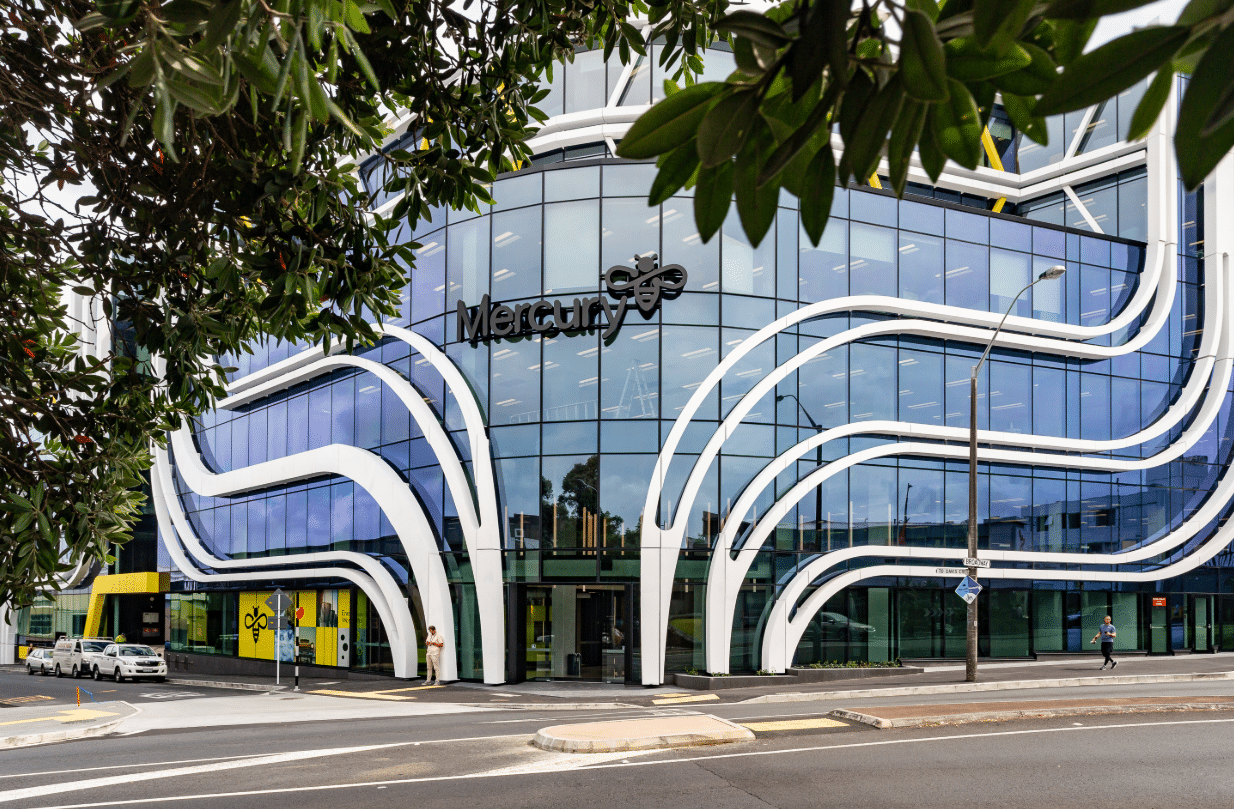Chatbots and self-service cannot be default customer service channels, especially during an unprecedented event such as COVID-19
‘What’s my bill? What’s my account balance? How much energy did I use?’
Questions flew thick and fast from customers to Mercury’s online channels and contact centres during the COVID-19 lockdown.
“We have seen 30 per cent increase in interactions with our customers across all engagement channels,” says Kevin Angland, general manager retail and digital at the energy company.
He notes that the call centre, in particular, has been very active during the lockdown. Some of the increase, he adds, has been proactively driven by Mercury engaging with their customers, as they recognise most customers are consuming more electricity at home. During the lockdown, Mercury offered a free power hour every day for a week where customers could nominate their preferred hour to receive free power.
Mercury, however, did not simply push all customer queries to digital agents or self-service.
His team, for instance, discerned a pattern from customers financially impacted by COVID-19. These customers wanted to understand their bill payment options and plans.
Thus, they funnelled simple queries such as ‘what’s my bill’ and ‘when is my payment due’ through Hiko, their chatbot.
“This frees up our contact centre agents to spend quality time speaking to those customers who have more complex enquiries and need empathy,” he explains.
Our regular ‘voice of the customer’ reports show customers “really appreciated the empathy of our call centre agents regarding their individual circumstances,” says Angland. “That emotional connection is a lot harder to achieve when you have got a digital platform or chatbot servicing such calls.”
A chatbot is not ‘a magic call deflection machine’
Mercury’s approach is crucial amid advice from research firm Forrester that organisations should understand that a chatbot is not a “magic call deflection machine”.
As Forrester analysts Vasupradha Srinivasan and Leslie Joseph point out, many organisations implement a chatbot to reduce contact centre touchpoints. “Just implementing a bot doesn’t accomplish that goal,” they state. “Channel deflection is programmed and powered by continuous insights gleaned from journey maps, visitor behaviour, and bot interactions.”
This aligns with our approach to “deliver data-driven, digitally-enabled, customer experiences”, says Angland.
“Over the past year, in addition to building our digital capability, we have made a significant investment in lifting our data science and analytics capability,” he says. “We also know that our chatbot is not a silver bullet; the service offering available through Hiko must be complementary and consistent with the service offering though all channels a customer chooses to engage with Mercury.”
“Together, they form a comprehensive customer experience,” says Angland.
How COVID-19 is changing contact centre patterns
Angland notes that Mercury had largely maintained their service levels across all customer channels. “They have been strained at times due to call volumes, but we managed to keep service levels at what you would expect in our traditional (pre-COVID) contact centre model,” he says.
He reveals Hiko (‘power’ in Te Reo), the chatbot they unveiled at the start of the year, became their most productive agent. Hiko averages 200 interactions a day, more than double prior to COVID-19.
Hiko works 24 hours a day and a lot of that interaction is outside normal business hours, he explains. Thus, Hiko is doing the work of four or five contact centre agents.
Angland says they also noted there are a lot less inbound inquiries after 5 pm. Traditionally, Mercury staffs the contact centre from 8 am to 8:30 pm.
“We found early on call patterns after 5 pm dropped significantly, because a lot of people are working from home and contacting us during the day. Previously, they may have been working in an office or retail premise and did not have the ability to make personal calls during the day,” he points out.
He foresees some practices that were firmed up during the lockdown to continue post-COVID-19.
“We do expect as we move through Alert Levels 2 and 1, customers will want to continue to engage via more digital means,” says Angland. “As a result, we will probably lift our planned investment in those digital platforms.”
Angland adds that COVID-19 also prompted the digital team to adjust their plans for Hiko. Initially, they had envisioned the chatbot to eventually answer simple administrative queries from internal staff.
“We have learned from the period of COVID-19 response that there is far more value in building richer content and more sentiment into the customer-facing elements of Hiko. So, we are putting that internal element, such as using Hiko to answer internal staff queries, on hold for now,” he explains. “The team is instead building more information on the customer facing element of Hiko.”
The other is the desire for customers to tailor some of their solutions or payment plans a little more differently from what we have traditionally seen, says Angland. “So, we are building and modifying some of our backend processes to respond to that, like the ability to have more choice around payment plans and dates.”
“How organisations respond to this is going to be important,” he states. “While COVID-19 is a health crisis that is going to have a significant economic and financial impact globally and even more locally in New Zealand, there is a huge opportunity to rethink, review, and potentially reimagine the future that we are being asked to serve. What is the impact COVID-19 is going to have on our customers?”
Long-term ICT investments key to agility
Angland says investments from more than two years ago ensured they had the agility to respond to fast changes demanded by COVID-19. He traces this back to 2017, when Mercury moved all of its core technology platform SAP into the cloud with Amazon Web Services, and rolled out SAP’s Hana real-time data platform and Hybris for its contact centre.
“Right across the business, we have lifted everything that is hosted physically in Mercury into the cloud, and that was one of the drivers for the move to the new building in Newmarket. We did not want to be building a data centre or a new data room,” he says.
The shift to the cloud also includes the move to Office 365 and going into agile working. The new building had no fixed desks and they replaced the entire desktop fleet with laptops. “It was the concept of giving people freedom to do their best work and we recognised if we continue to run the desktop technology, then we were anchoring people to silos.”
He says the office tested the work from home scenario when Auckland had a measles outbreak last year. “We asked some of the call centre staff to work from home. That gave us a good insight into the practicalities of running a call centre remotely,” he says.
When the COVID-19 situation developed and they could see the possibility of having to move everybody to work from home, they ran a full business continuity planning test in the weeks before the lockdown.
Thus, ahead of the national lockdown, staff simply picked up their laptops, took it home with them, and connected via secure VPN.
He does not see the move away from the agile workplace as a result of the pandemic. “What we expect is more people will work from home, and that will create additional capacity in the Newmarket building. That actually allows us to continue with agile hotdesk type working without compromising the safety and security of our people.”
This article first appeared on CIO New Zealand.



